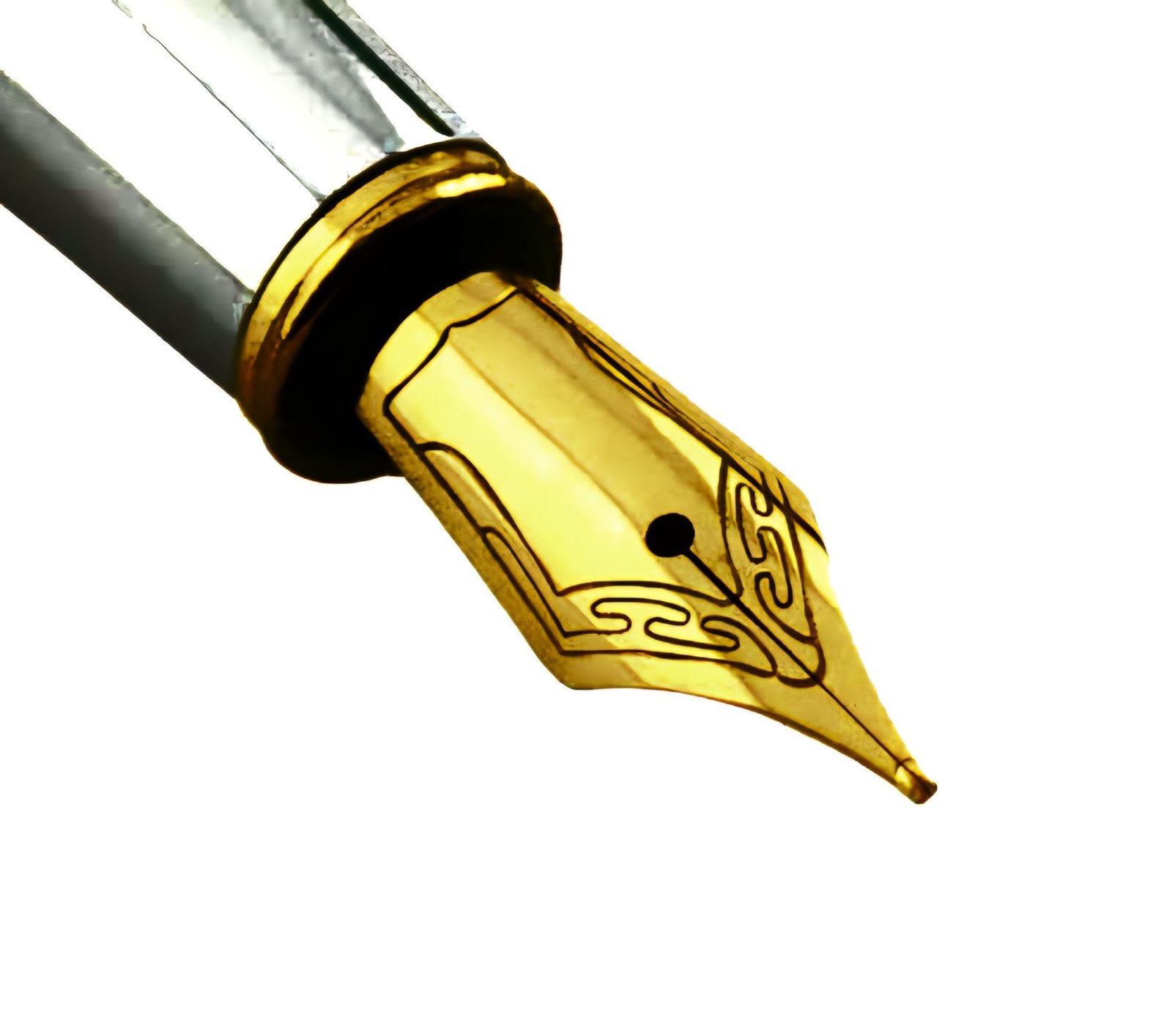Hazrat Shah-i-Hamdan (RA)
Hazrat Amir Kabir Mir Syed Ali Hamdani (RA), often referred to as the founder of Islam in Kashmir, arrived in the valley with a large group of Sayeds, all of whom were amirs. As their leader, he came to be known as Amir-i-Kabir.
Hazrat Shah-i-Hamdan was born on 21st October 1314 AD into a noble and pious family. Both of his parents, Syed Shahabuddin and Syeda Fatima, were direct descendants of the Holy Prophet Muhammad (SAW). His father was the administrator of Hamdan, and his maternal uncle, Syed Alluddin Simnani, took responsibility for his upbringing. Under his guidance, Shah-i-Hamdan memorized the Holy Qur’an.
An eminent scholar and Sufi of his time, Sheikh Sharfuddin Mazdaqani, initiated him into the Kubrawi order and became his murshid (spiritual guide), overseeing his religious, educational, and spiritual development.
In the early 14th century AD, Kashmir faced devastation when a brutal Tatar named Zulchu invaded. His forces wreaked havoc for eight months, causing immense destruction—only eleven families in the city survived. After Zulchu retreated in 1320 AD, a Buddhist from Ladakh named Rinchan Shah became the ruler of Kashmir. During his reign, Syed Sharfuddin Abdul Rehman Suhrawardi (RA), also known as Bulbul Shah, arrived from Turkistan. It was through his influence that Rinchan Shah embraced Islam and adopted the name Sadruddin.
Before his own arrival in Kashmir, Shah-i-Hamdan sent his two cousins—Syed Tajuddin Simnani and Mir Syed Hussain Simnani—to assess the situation in the valley. Shah-i-Hamdan made three visits to Kashmir.
His first visit, in 1372 AD, occurred while the ruling king, Sultan Shahabuddin, was on an expedition to Attock. Fewer than a hundred of Shah-i-Hamdan’s companions accompanied him, and they were received by Sultan Qutubuddin, who later became his disciple. Shah-i-Hamdan stayed in Kashmir for six months before departing for Makkah.
His second visit, in 1380 AD, was more significant. He was accompanied by 700 Sayeds and received a warm welcome from Sultan Qutubuddin. This group settled on the banks of the river Jhelum, in what is now Srinagar’s Khanqah-e-Moula area, then known as Allaudin Pora. Shah-i-Hamdan and his followers would offer prayers there, and it was during this visit that the foundation of the Khanqah was laid. He spent thirty months in the valley, traveling extensively to spread the true teachings of Islam.
His third visit was in 1384 AD. He fell ill during this stay and departed Kashmir, heading toward Turkistan via Ladakh. The group stopped in Shey village of Leh, where they built the first mosque in Ladakh. From there, they traveled through Pakhli and arrived in Kunnar. The local king, Khazar Shah, requested Shah-i-Hamdan to stay as a royal guest, but due to illness, he passed away on 19th January 1385 AD. His body was temporarily buried in Swat because of the severe winter. In accordance with his wishes, he was later laid to rest in Koulab on 4th July 1385, where his entire family is also buried.
Wherever Shah-i-Hamdan traveled, he left a legacy in the form of mosques and khanqahs. Many were built across the valley under the direction of his beloved son, Mir Mohammad Hamdani (RA). These include:
Khanqah Faizpanah, Tral
Khanqah-e-Amirya, Pampore
Khanqah-e-Walla, Wachi
Khanqah-e-Amirya, Monghama
Khanqah at Shey, Ladakh
However, the most prominent is Khanqah-e-Moula in Srinagar. It is not only a revered place of worship but also a testament to over six centuries of Kashmiri Islamic heritage. Its Central Asian architecture—featuring wood, sculpted stones, and small bricks—is distinctive. The foundation and stone plinth were laid by Shah-i-Hamdan himself, while the construction was completed by his son, Mir Mohammad Hamdani, during the reign of Sultan Sikandar. The work began in 1396 AD and was completed in 1399 AD, with generous support from Sultan Sikandar and Seh Butt.
Mir Mohammad Hamdani continued his father’s mission in Kashmir, establishing a network of mosques and khanqahs throughout the region with the help of the reigning sultan.
RAYEES AHMAD KUMAR
The writer is a columnist based in Qazigund, Kashmir.





